Egoblogger extraordinaire Robert Scoble has never been known to be shy, and so he declared with his usual great fanfare that Europe did not matter any more in terms of mobile innovation. Why did he say that, you ask? Well, Nokia apparently took him to visit their research lab in Cambridge (no, not in Espoo) as part of a (Nokia-)sponsored geek tour. And Scoble was not impressed. Because (1) everyone appears to have been texting when he was on the tube (how quaint), (2) the N97 isn’t cooler than the iPhone and (3) Symbian is much clunkier than the iPhone’s OS or Palm’s WebOS, Scoble deduces that Europe has had it.
He reduces this loss of leadership in mobile innovation to handsets or, more specifically, to the coolness factor of handsets (“London’s cool kids are [not] hot and bothered” about the N97). And, with that somewhat tight limitation, he might actually be right. Nokia has been losing ground on the coolness and usability front for quite a while. However, when it comes to technical ability, their devices are still quite hot. Scoble basically uses the iPhone plus the first Android-based (Taiwanese [sic!]) phones to declare that the king is dead.
Hardware is a Commodity
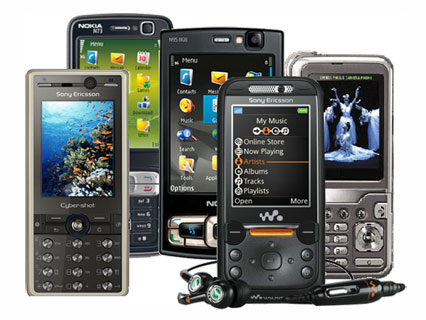 Now, let’s try to differentiate a little. Would you say the US have the lead in computer manufacturing? Well, probably not. IBM’s ThinkPads are Chinese, then there is Sony, Samsung, Toshiba, and there is HP and Dell. There is of course also Apple (“designed in California”). Does it matter at all where the hardware is from? No, not at all, and no one really cares anymore. And why not? Because hardware is basically a commodity, that is in a world where one does not actually see that much of the hardware because the interfaces are software-driven. And these are from Microsoft, etc.
Now, let’s try to differentiate a little. Would you say the US have the lead in computer manufacturing? Well, probably not. IBM’s ThinkPads are Chinese, then there is Sony, Samsung, Toshiba, and there is HP and Dell. There is of course also Apple (“designed in California”). Does it matter at all where the hardware is from? No, not at all, and no one really cares anymore. And why not? Because hardware is basically a commodity, that is in a world where one does not actually see that much of the hardware because the interfaces are software-driven. And these are from Microsoft, etc.
In mobile, this has not been true in the past because their were such vast differences in the available hardware that the usability was severely impaired should you have been using, say, a low-end Motorola device as opposed to a high-end Nokia. This is where the myth of European mobile superiority comes from. And, with Apple, RIM and maybe Palm again, this is firmly in North American hands. There are of course Samsung and LG, the Korean powerhouses who drive their market share up and up. Android devices G1, G2 and Magic are from Taiwanese HTC. However, given how far mobile software and indeed services have come: does it really matter either way today? I say it does not.
Here’s the Innovation: Services
If one wants to see where mobile innovation is happening, one would need to go to South Korea, Japan, Finland (not the Nokia research labs but, say, the public transport system where you can pay via SMS for the past couple of years already), Austria (mass deployment of mobile RFID-payments), South Africa (mobile wallets and very evolved mobile marketing services), Malaysia, the Philippines and even Kenya (mobile money transfers). Certainly not the US though, I’m afraid. They are still the country where “can you hear me now?” campaigns rule.
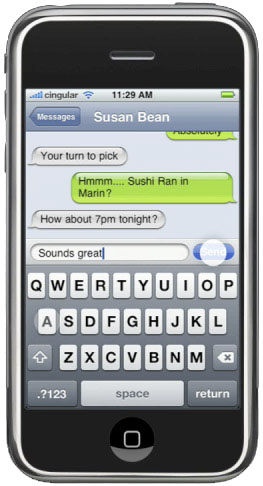 The iPhone has changed a lot of things of course. However, American Idol arguably did a lot more. It brought, shock, horror, texting to the Americans. SMS being, of course, a service. And why, Mr Scoble, should that be bad? Carriers (other than in the US) have made 25% of their revenues and 50% of their profits over the last 10 years with this unassuming little thing. That’s not too shabby, is it? The iPhone (and Palm’s WebOS) have introduced a new level of ease of use, and one that was long overdue. One that woke Nokia, which had comfortably dominated the space with less and less innovation on the software side, up (and Nokia might be a little slow to open their eyes properly). And one that will improve service levels all over the world.
The iPhone has changed a lot of things of course. However, American Idol arguably did a lot more. It brought, shock, horror, texting to the Americans. SMS being, of course, a service. And why, Mr Scoble, should that be bad? Carriers (other than in the US) have made 25% of their revenues and 50% of their profits over the last 10 years with this unassuming little thing. That’s not too shabby, is it? The iPhone (and Palm’s WebOS) have introduced a new level of ease of use, and one that was long overdue. One that woke Nokia, which had comfortably dominated the space with less and less innovation on the software side, up (and Nokia might be a little slow to open their eyes properly). And one that will improve service levels all over the world.
Where the Big Market is
However, let us also not forget that the best-selling phone of all times is the Nokia 1100. No, it doesn’t do Java. It has a battery life of close to 20 years though and comes with a flashlight installed. Both very handy things to have in rural parts of developing or emerging countries. Nokia is having a fairly comfortable market share in these countries. I am not sure if that is a good thing to rest on though: as these markets, they demand more sophisticated devices. And because the computer penetration is much lower than in Europe, Japan, South Korea and North America, the significance of evolved mobile devices will be even more important. Nokia thought this would carry it through. However, we are seeing now that that might not be so: its smartphone market shares are rapidly decreasing.
Europe is not Europe
 One last word on Europe: distinct to what Mr Scoble appears to have in mind, Europe is not a country, and this is not meant to be sarcastic. Europe is a pile of little countries and in each of them a couple of carriers rule like little kings. It makes for an extremely complex (and, consequently, low-margin) playground to deploy services. The US (as well as some of the huge Asian countries) have the incredible opportunity to deploy applications and services in one language through less than a handful of carriers to hundreds of millions. No such thing in Europe.
One last word on Europe: distinct to what Mr Scoble appears to have in mind, Europe is not a country, and this is not meant to be sarcastic. Europe is a pile of little countries and in each of them a couple of carriers rule like little kings. It makes for an extremely complex (and, consequently, low-margin) playground to deploy services. The US (as well as some of the huge Asian countries) have the incredible opportunity to deploy applications and services in one language through less than a handful of carriers to hundreds of millions. No such thing in Europe.
And this is why the US should lead in every aspect really: it is an evolved, competitive economy and it enjoys the tremendous upside of being (almost) completely aligned as to the framework: language, currency, carriers, billing systems, legal system, etc. This is the reason why the US has indeed leapfrogged Europe, the continent, when it comes to basic mobile applications: economies of scale are much easier to achieve there.
Software, Services, Interfaces
When one looks at Nokia in its current state as the sole indicator of where European mobile innovation is, one might be disappointed (as I pointed out numerous times, e.g. here). However, when one looks at how concert tickets are being sold via mobile, public transport, parking fees and vending machines all using mobile as a wallet solution, or indeed Obama making his latest speech available via SMS (there are more than 10x as many mobile phones in Africa than PCs according to Tomi Ahonen), then one can and should still be awed. And, no, in spite of its President the US is not (yet) close in this respect.
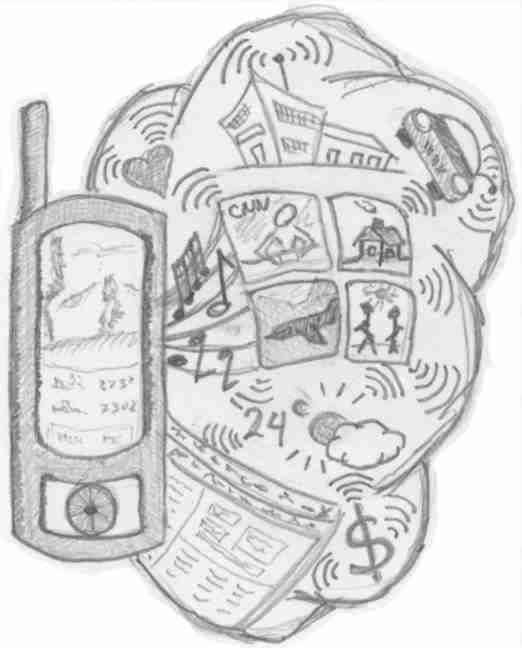 I hope, however, the US will catch up on this front sooner rather than later, too. Because of the size of the market and the aforementioned advantages, it would unleash incredible opportunities that would bring all of us fantastic new services and applications. And, Mr Scoble, it does not matter if these are 160 characters or polished web pages; it depends on what you want to do with it (as you, being one of the most prolific Twitterati, surely know).
I hope, however, the US will catch up on this front sooner rather than later, too. Because of the size of the market and the aforementioned advantages, it would unleash incredible opportunities that would bring all of us fantastic new services and applications. And, Mr Scoble, it does not matter if these are 160 characters or polished web pages; it depends on what you want to do with it (as you, being one of the most prolific Twitterati, surely know).
I did not text anymore because I hated the UI and could not stand the clunky interfaces (in spite of T9; I’m too old, I guess). I started again with the iPhone. Why? Because – distinct what some people say – it’s a great interface: it displays the conversation, it looks neat and I have a full keyboard (the touch screen works much better than I feared; and I used a Blackberry for years and years). But that is not a question of the device or the technology, it is solely a question of the software. I would be much happier if I could also use my iPhone (or any other phone) to buy my newspaper (which I can with an RFID-equipped credit card in this country and which I could do in, say, Austria, a country with 2/3 the population of Illinois and a footprint smaller than Maine).
What Scoble misses (or omits in his post) is that the next leap in innovation will be a service-driven one (just as we saw on the Internet: first hardware, then basic apps, now sophisticated services).
Mobile has had the hardware phase, it is going through a “basic” app phase, and some European, African and Asian countries have entered the value-added services phase already, some years and years ago in fact! Compared to the US, they’re leading, by a lot! They’re perhaps just too small for the Robert Scoble to realize they’re there… But, as I said above: this is not about Europe leading the US (apart from the fact that it would appear to being Asia that is truly leading and has been for a while): it is about the evolution of an incredibly powerful communication device that is being unlocked for more and more applications and services; and this is independent from country and nationality!
Along those lines: why, Mr Scoble, should it be a bad thing that Europeans now “must” visit Cupertino and Mountain View. California is nice, isn’t it? Not a bad thing to go visit every now and then at all! We’re living in a large world, Mr Scoble, not only on a single continent, and mobile is a facilitator spurning new ecosystems, not only a device.
Image credit drawing: http://www.aartkom.cz
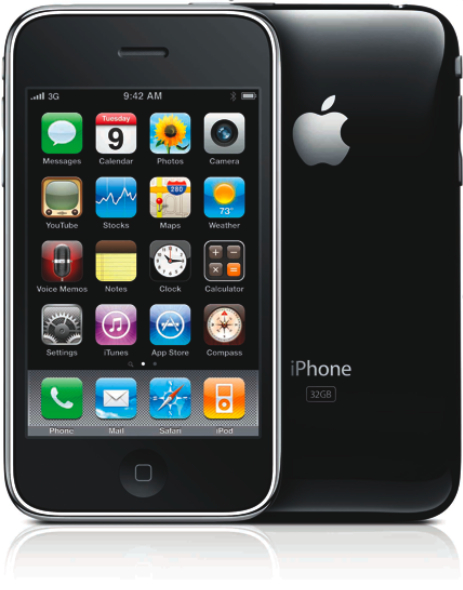 After the news broke that Orange will add the iPhone to its roster from just before Christmas, today we read that Vodafone UK will do the same, only a little later, some time in Q1/2010. Vodafone said that not having the iPhone was basically the reason for losing 200k customers in the last quarter alone. Vodafone had previously been shipping the device in 12 other territories.
After the news broke that Orange will add the iPhone to its roster from just before Christmas, today we read that Vodafone UK will do the same, only a little later, some time in Q1/2010. Vodafone said that not having the iPhone was basically the reason for losing 200k customers in the last quarter alone. Vodafone had previously been shipping the device in 12 other territories.
 It seems to be music week this week: Apple running its somewhat
It seems to be music week this week: Apple running its somewhat  Forrester was kind enough to let me have a glance at the report, so let me dive into its revelations and the underlying rationales, which starts off with looking at the broken model of the industry: in (latter part of) the 20th century, the music industry was mainly fueled by record sales (first vinyl, then CD). With the introduction of digital media and, in particular, ubiquitous broadband connectivity in many parts of the world, it shifted to digital downloads. Unfortunately, it mainly shifted for downloads that people did not pay for. iTunes has only taken a piece of the action. And iTunes’ ¢99 per song model has then contributed to people no longer buying whole albums but only the songs they like most, which somewhat squashes profitability.
Forrester was kind enough to let me have a glance at the report, so let me dive into its revelations and the underlying rationales, which starts off with looking at the broken model of the industry: in (latter part of) the 20th century, the music industry was mainly fueled by record sales (first vinyl, then CD). With the introduction of digital media and, in particular, ubiquitous broadband connectivity in many parts of the world, it shifted to digital downloads. Unfortunately, it mainly shifted for downloads that people did not pay for. iTunes has only taken a piece of the action. And iTunes’ ¢99 per song model has then contributed to people no longer buying whole albums but only the songs they like most, which somewhat squashes profitability.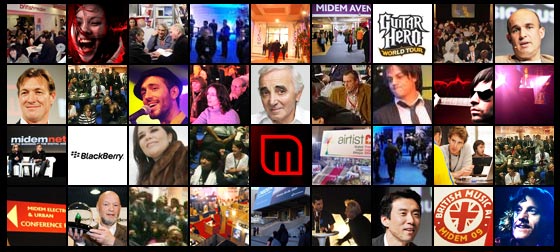 Nothing wrong, you say? No, it is not. However, “deploying functionality” is way short of what is needed to build social value. What makes a community? Emphatic engagement with fans, not a set of tools that sits somewhere on the various sites and offerings being operated by some far-away call center. Whilst the principle is right, the suggested execution remains a little shallow. Forums & networks is all they have to offer. Hm. Everyone has them already, so will this work?
Nothing wrong, you say? No, it is not. However, “deploying functionality” is way short of what is needed to build social value. What makes a community? Emphatic engagement with fans, not a set of tools that sits somewhere on the various sites and offerings being operated by some far-away call center. Whilst the principle is right, the suggested execution remains a little shallow. Forums & networks is all they have to offer. Hm. Everyone has them already, so will this work?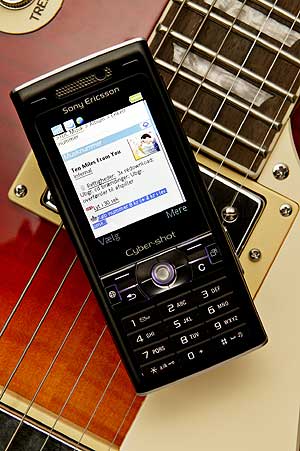 Mobile is in the premium tier (with very few others): Forrester believes that carriers’ and OEM’s efforts, investment and – last but certainly not least – billing relationships merit this. I would suggest that the eye-opener ringtone where one could charge huge premiums for monophonic (!) 20-second-loops would contribute to this conviction, too.
Mobile is in the premium tier (with very few others): Forrester believes that carriers’ and OEM’s efforts, investment and – last but certainly not least – billing relationships merit this. I would suggest that the eye-opener ringtone where one could charge huge premiums for monophonic (!) 20-second-loops would contribute to this conviction, too. That sounds awesome but how do you create it? The starting point needs to be the relationship between artist and fan. I have long held that this bond is more than actual musical tastes; it is a lifestyle decision, which is why fans crave to belong to “their” artists’ circles. As early as 2002, a
That sounds awesome but how do you create it? The starting point needs to be the relationship between artist and fan. I have long held that this bond is more than actual musical tastes; it is a lifestyle decision, which is why fans crave to belong to “their” artists’ circles. As early as 2002, a 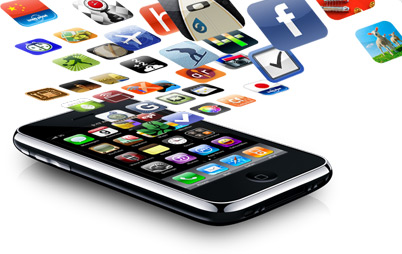 There have been rumours galore about Apple’s exclusive deals for its iPhone all over the place (see e.g.
There have been rumours galore about Apple’s exclusive deals for its iPhone all over the place (see e.g. 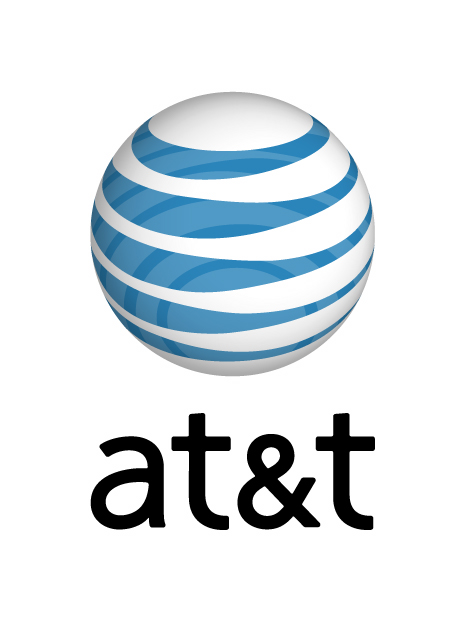 In the US, the Verizon discussion has been around for a while. A
In the US, the Verizon discussion has been around for a while. A  Now, let’s try to differentiate a little. Would you say the US have the lead in computer manufacturing? Well, probably not. IBM’s ThinkPads are Chinese, then there is Sony, Samsung, Toshiba, and there is HP and Dell. There is of course also Apple (“designed in California”). Does it matter at all where the hardware is from? No, not at all, and no one really cares anymore. And why not? Because hardware is basically a commodity, that is in a world where one does not actually see that much of the hardware because the interfaces are software-driven. And these are from Microsoft, etc.
Now, let’s try to differentiate a little. Would you say the US have the lead in computer manufacturing? Well, probably not. IBM’s ThinkPads are Chinese, then there is Sony, Samsung, Toshiba, and there is HP and Dell. There is of course also Apple (“designed in California”). Does it matter at all where the hardware is from? No, not at all, and no one really cares anymore. And why not? Because hardware is basically a commodity, that is in a world where one does not actually see that much of the hardware because the interfaces are software-driven. And these are from Microsoft, etc. The iPhone has changed a lot of things of course. However, American Idol arguably
The iPhone has changed a lot of things of course. However, American Idol arguably  One last word on Europe: distinct to what Mr Scoble appears to have in mind, Europe is not a country, and this is not meant to be sarcastic. Europe is a pile of little countries and in each of them a couple of carriers rule like little kings. It makes for an extremely complex (and, consequently, low-margin) playground to deploy services. The US (as well as some of the huge Asian countries) have the incredible opportunity to deploy applications and services in one language through less than a handful of carriers to hundreds of millions. No such thing in Europe.
One last word on Europe: distinct to what Mr Scoble appears to have in mind, Europe is not a country, and this is not meant to be sarcastic. Europe is a pile of little countries and in each of them a couple of carriers rule like little kings. It makes for an extremely complex (and, consequently, low-margin) playground to deploy services. The US (as well as some of the huge Asian countries) have the incredible opportunity to deploy applications and services in one language through less than a handful of carriers to hundreds of millions. No such thing in Europe. I hope, however, the US will catch up on this front sooner rather than later, too. Because of the size of the market and the aforementioned advantages, it would unleash incredible opportunities that would bring all of us fantastic new services and applications. And, Mr Scoble, it does not matter if these are 160 characters or polished web pages; it depends on what you want to do with it (as you, being one of the
I hope, however, the US will catch up on this front sooner rather than later, too. Because of the size of the market and the aforementioned advantages, it would unleash incredible opportunities that would bring all of us fantastic new services and applications. And, Mr Scoble, it does not matter if these are 160 characters or polished web pages; it depends on what you want to do with it (as you, being one of the  AR stands for Augmented Reality and it is one of the dreams of game developers: merge the virtual and real worlds in a game and explore new horizons. This has been a pretty futuristic feature until recently: shown off at trade shows but never really seeing the (commercial) limelight. And even in the brave new world of the iPhone, it doesn’t fly – yet.
AR stands for Augmented Reality and it is one of the dreams of game developers: merge the virtual and real worlds in a game and explore new horizons. This has been a pretty futuristic feature until recently: shown off at trade shows but never really seeing the (commercial) limelight. And even in the brave new world of the iPhone, it doesn’t fly – yet.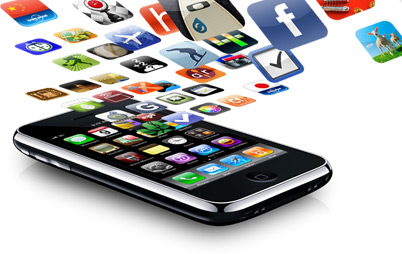 The times they are a-changing. Everyone has realized this by now (or so we should think). The question therefore is not so much will there be change but how will it look like.
The times they are a-changing. Everyone has realized this by now (or so we should think). The question therefore is not so much will there be change but how will it look like. Carriers are unlikely to concede defeat over the content side, not necessarily because they fear losing out on a lot of revenue (given their fairly average performance, SMS, voice, data, etc will outsell content as a source of revenue very, very significantly) but because of the strategic value of content as well as the unpredictability of its future impact: bear in mind that the emotional attachment to beloved brands, i.e. affinity (Transformers, Ice Age, Playboy, Tiger Woods, …), will remain higher than that to a network operator, and please do not take offense if you are working for one. Do not be mistaken: carriers are being trusted but they are not being loved. There is just not as much emotional attachment to a cellular network as there is to a rodent in love with an acorn…
Carriers are unlikely to concede defeat over the content side, not necessarily because they fear losing out on a lot of revenue (given their fairly average performance, SMS, voice, data, etc will outsell content as a source of revenue very, very significantly) but because of the strategic value of content as well as the unpredictability of its future impact: bear in mind that the emotional attachment to beloved brands, i.e. affinity (Transformers, Ice Age, Playboy, Tiger Woods, …), will remain higher than that to a network operator, and please do not take offense if you are working for one. Do not be mistaken: carriers are being trusted but they are not being loved. There is just not as much emotional attachment to a cellular network as there is to a rodent in love with an acorn… Marketing and promotion is another point. We already see aggregation-type businesses become forces on Apple’s app store, such as
Marketing and promotion is another point. We already see aggregation-type businesses become forces on Apple’s app store, such as